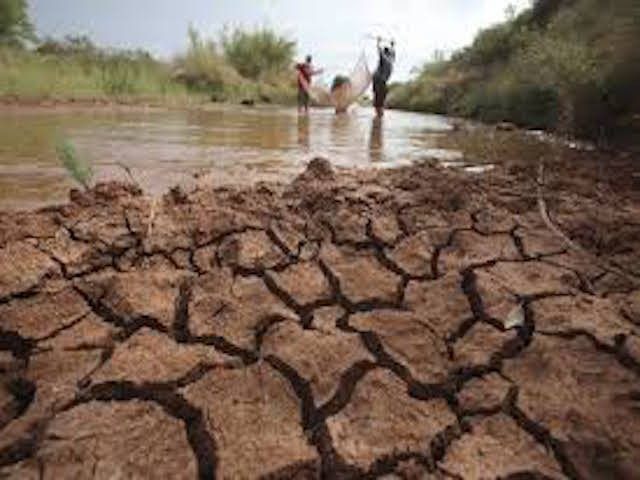U.S. Geological Survey issued new reports stating that cyclical drought areas in California could be relieved by purifying the vast amounts of underground brackish (salty) water.
In its first nationwide assessment in 50 years, the U.S. Geological Survey (USGS) found that the amount of underground brackish groundwater deposits equal more than 800 times the amount of freshwater currently consumed in the United States each year. The assessment found that “brackish groundwater is present at some depth within 3,000 feet below ground beneath parts of every state except New Hampshire and Rhode Island.”
USGS highlighted that 60 huge underground aquifers across the continental United States that contain 35 times the volume of fresh groundwater consumed by the nation could easily be tapped and purified to relieve in cyclically drought periods in states like California.
Unknown to most Americans, U.S. oil drillers produce about 108 million barrels of “production water” in the process of extracting 9 million barrels of oil each day. But the brackish water containing 1,000 to 10,000 milligrams per liter of dissolved minerals ranging from salts to heavy metals and radioactive substances. As the lighter specific gravity oil separates and rises, the production waters are usually just reinjected back into the ground disposal wells.
Since brackish water is far lower in salinity than the 35,000 milligrams per liter of salts in seawater, public drinking-water suppliers and their regulators have been encouraging the use of brackish groundwater to supplement or replace freshwater use. USGS found that use of brackish water has tripled since 2005. Major uses include electric power plant cooling water, aquaculture and oil and gas fracking and enhanced recovery.
Another example is farm animals need around 1 to 1.5 gallons of water per hundred pounds of body weight each day, but farmers and ranchers do not always get enough runoff water to adequately fill the stock ponds. During these conditions depending on the area of the country, dairy and beef cattle, sheep, pigs, and horses can safely drink brackish water with 1,000 to 6,999 milligrams per liter of dissolved salts, according to Beef Magazine.
The USGS found that there were 649 active desalination plants in the United States that can purify and semi-purify up to 402 million gallons of brackish water a year through reverse osmosis processes in 2010. About 67 percent of desalinization was for municipal purposes, 18 percent for industry and 9 percent for power. Of those designed for municipal uses, 49 percent were in Florida, 16 percent in California, 12 percent in Texas.
Because of the extremely high salinity of the ocean, coastal desalinization plants, such as in Santa Barbara, can have a water cost of $2,400 per acre-foot. That compares to around $400 per acre-foot for fresh groundwater. The USGS suggests that advances in desalination technology and increases in demand water non-high-quality water, communities could desalinize brackish groundwater for a fraction of the cost of seawater.
The United States Geological Survey (USGS) is the scientific agency that studies the landscape of the United States, its natural resources, and the natural hazards that threaten it. The organization produces fact-finding research concerning biology, geography, geology, and hydrology.

COMMENTS
Please let us know if you're having issues with commenting.